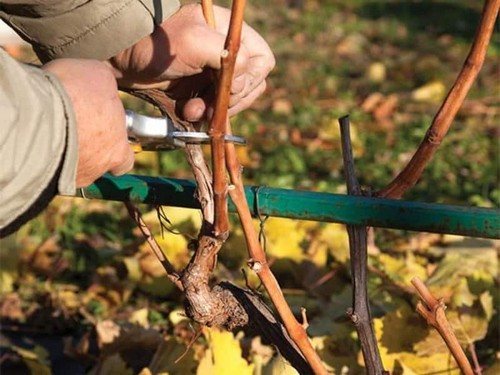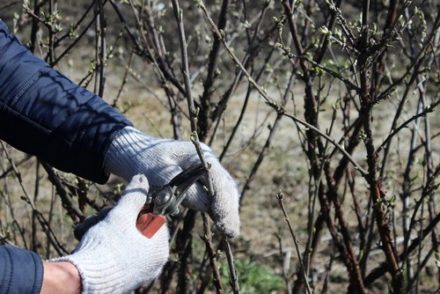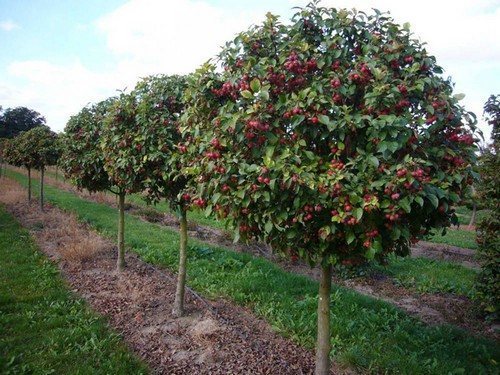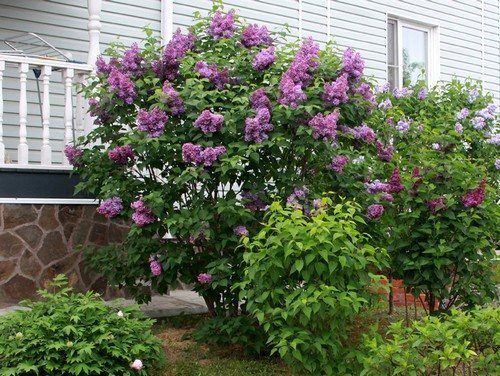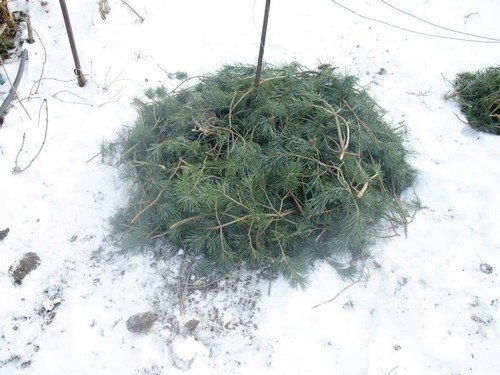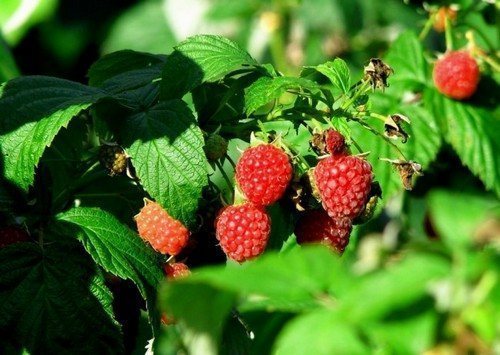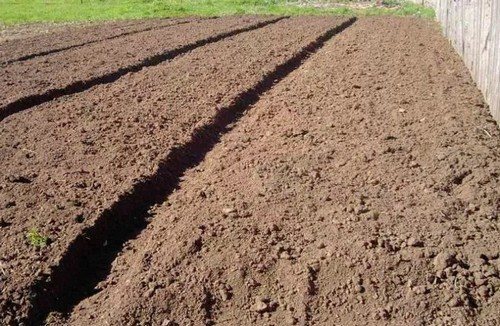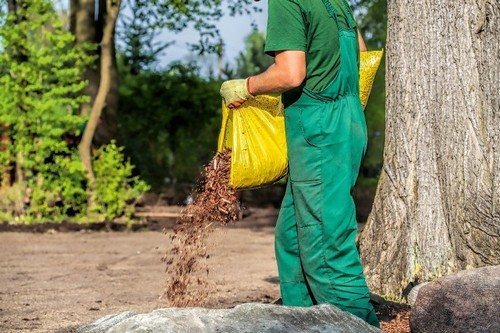A beautiful, well-kept garden is a well-deserved pride for a gardener. Taking care of longevity and future harvests begins with pruning trees in the autumn months. The main task of autumn pruning is to form the crown of the plant, the essence of which is to stimulate the development and fruiting of some branches and to remove unnecessary, interfering or diseased branches. This article will tell you how to properly carry out sanitary pruning of trees, as well as what you need to pay attention to.
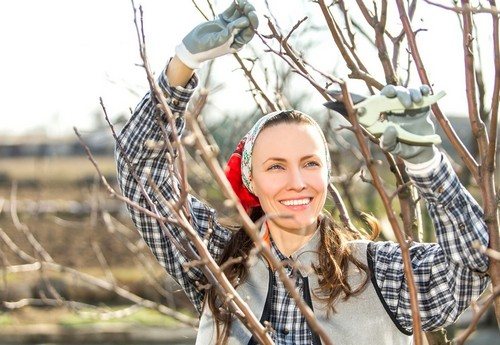
Rule 1. Time period
In autumn, the main processes inside plants slow down, in this way they prepare for winter dormancy. It is during this period that the likelihood of harming the tree is extremely low. As soon as the trees have shed the bulk of their leaves, it’s time to start sanitary pruning. The optimal time for this is September – October. If you trim the branches later, the tree may not have time to adapt to the unusual, light shape before the first frost, which means it will not survive the winter well or even freeze.
Don't ignore the lunar calendar. During the waning moon, the speed of sap movement in trees increases, which increases the likelihood of injuring the plant.
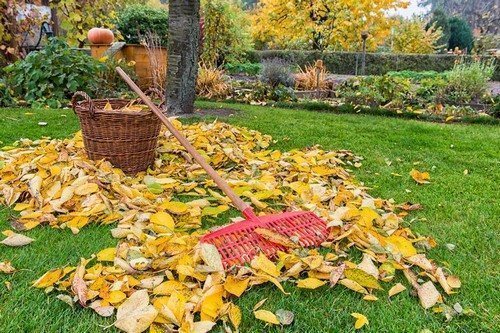
Rule 2: Stay the course
The purpose of sanitary pruning is to remove all dry, old, damaged by pests or weather conditions, dead branches and fruits that thicken the crown. Optimal penetration of light and warm air will allow young shoots to produce a larger harvest.It is important to start pruning from branches that thicken the crown, ending with those that are sick or damaged by insects, in order to eliminate the possibility of infection.
Rule 3. Balance
To maintain balance, it is important that the number of strong young shoots left is equal to the number of diseased and damaged ones cut out. Balance is also necessary in the presence of an underdeveloped crown shape. To do this, on one side the branches are shortened greatly, and the other needs to be trimmed infrequently.

Rule 4. Rational approach
Autumn pruning is carried out only in regions with a temperate or warm climate - in the northern regions, the pruned tree will not have time to recover before frost. This sanitary treatment is only suitable for winter-resistant varieties. Pear, cherry or plum trees can get sick after autumn pruning and die in the same way as young seedlings.
The exception is branches that are icy or broken by a storm; it is recommended to trim them as early as possible, focusing only on the temperature - it should not be lower than -5C.
Rule 5. Processing of cuts and tools
An untreated cut is a favorable environment for the entry and development of pathogenic microflora. In addition, untreated damage takes quite a long time to heal, which affects the fruiting of the tree, because the forces for the future harvest are aimed at restoration. Immediately after pruning, large sections (more than 2.5 cm in diameter) are cleaned of roughness with a garden knife and treated with an antiseptic. After a few days, when the cut dries, it is coated with a special product or oil paint.
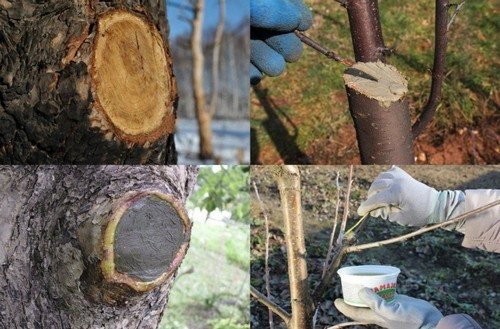
The cutting tool is processed before and after work to prevent possible contamination of other crops.



